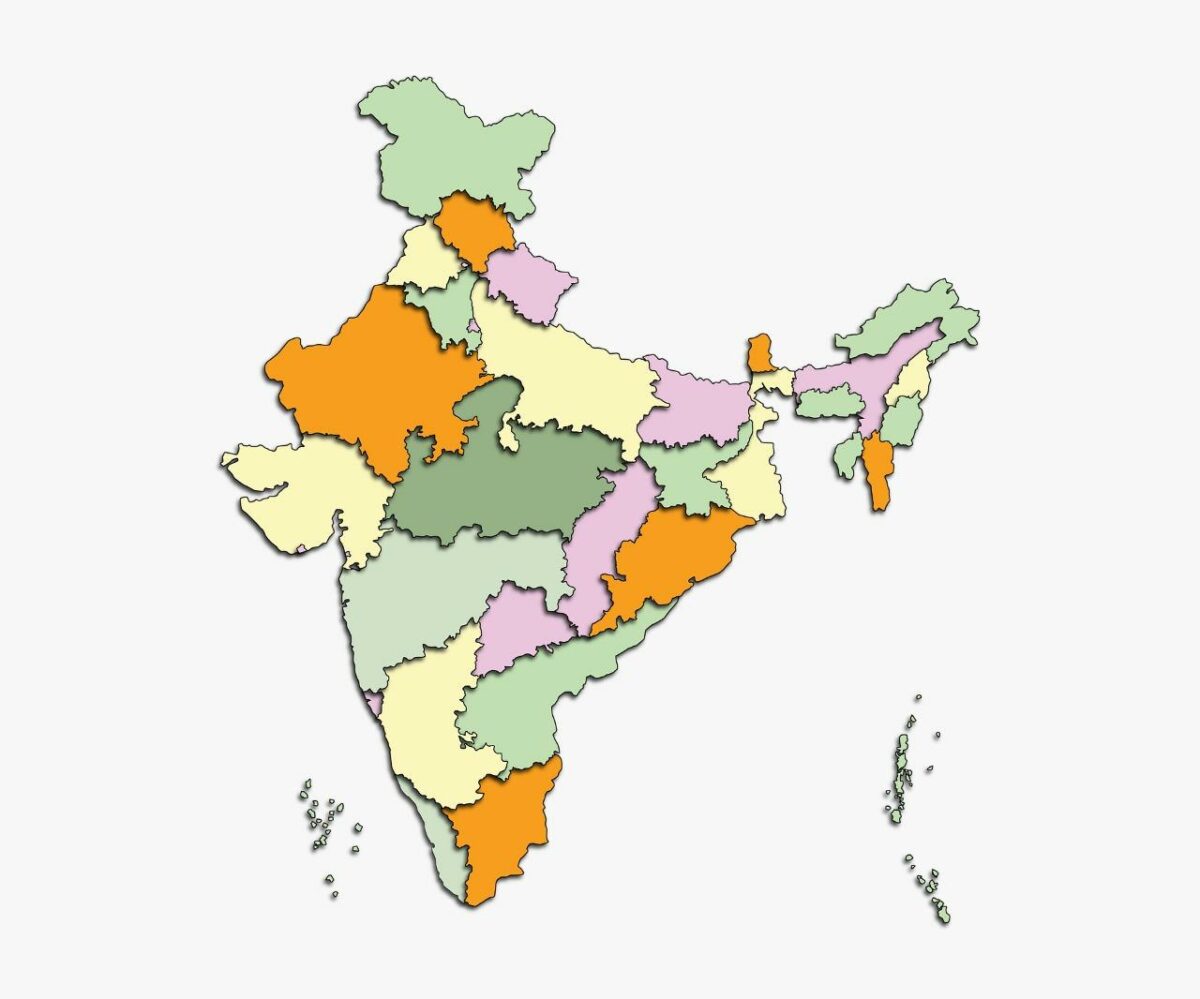We are living in a country rich of cultural and heritage diversity. Each state has its own cultural speciality, language, cuisines, celebrations, practices etc. Each state was formed based on the language spoken in that part of the nation. Kerala was formed stitching together the Malayalam speaking communities from Thiruvithamkoor, Eranad and Malabar. It doesn’t mean that only one language is prevalent in the state. In Kerala, where the state shares its boundary with Karnataka, people speak languages like Kannada, Kongini etc.We can see tamil speaking people near the Palakkad border villages. Here the Malayalam itself is a mix of tamil.
Changes happened in all spheres, along with that language also changed. So it’s better to communicate with people in a language that they can relate with. Indian economy is growing day by day. Every business should make a plan to do localization, to make use of this growing opportunity. Indians do speak English, as part of their profession. But, when they want to know something about a product that they are looking for, they prefer to read it in their own language. It is a challenge for many companies to take this content to these people, without losing the crux of the intended message. Even if you have all the data in the world to back your marketing plan, end of the day, you need the local language to reach the right audience or targets.
Kerala is a state which flies high in the field of education. Even though people are educated enough to read and understand English, most of them prefer to read it in their own language. When it comes to localization, it is important to understand the culture and heritage of Kerala. Unique art forms, language, Literature, architecture style, music, celebrations, festivals, food, heritage centres, museums etc
Festivals
Festivals reflect the enthusiasm of the community in a better way. There are a lot of festivals which are results of social congregations. In Kerala most of the art forms were formed and developed in connection with these festivals. There are religious festivals and non-religious festivals. Onam is one such festival, which is celebrated across the state. Vishu, Navarathri, Deepavali, Sivarathri, Thirvathira are some of the hindu festivals. Ramzan, Bakrid etc are the Islamic festivals. Whereas Christmas, Easter etc are the Christian festivals. Apart from these all religions have their own unique local festivals.
Onam
Onam is Kerala’s universal festival. Onam is celebrated in the Malayalam month Chingam. Ona Sadhya and Pookalam are the main attractions of the festival. Onam is celebrated, based on a myth that the erstwhile king of Kerala is coming to visit his citizens. To welcome him, people decorate their houses with floral decorations.
Vishu
Vishu is celebrated in the Malayalam month Medam. Vishu Kani and Vishu Kaineettam are the main attractions of this festival. Vishu Kani means, on this day people wake up seeing the idol of lord Krishna, along with fruits, vegetables and flowers. Vishu Kaineettam is a kind of gift elders offer to younger ones.
Local Festivals
Thrissur Pooram is one of the most popular festivals in Kerala. Thrissur Pooram has a historical legacy of about 200 years and was started by Shaktan Thampuran, the King of Cochin. Many people, including foreigners, visit Thrissur every year to see the celebration of Pooram. Thrissur Pooram is celebrated in the Malayalam month of Medam. The main attractions are the temple fair, with the line up of elephants by Paramekkavu and Thiruvambadi. Panchavadya melam, Umbrella exchange by standing on the top of elephants, the big grand fireworks are very famous celebrations associated with the Pooram
Sabarimala pilgrimage
Sabarimala is a Hindu temple located in the Pathanamthitta district of Kerala. Sabarimala is one of the largest temples in the world that attracts a large number of devotees during a particular period. It is visited by over three crore people every year. Unlike other temples, there is no pooja or pilgrimage here every day of the year. During the months of November-December, the main pilgrimage period at Sabarimala is 41 days, which lasts from Vrischikam 1 to Dhanu 11 and is known as the Mandala period.
Food habits
Rice is the staple food of Keralites. The common diet of Keralites is to eat curries made with vegetables, fish, meat and eggs along with cooked rice. Rice is used to make a variety of other dishes also. Today, Kerala has a multicultural food culture rather than the unique Kerala cuisine. Rice and coconut are the main ingredients of Kerala cuisine. Kerala cuisine also includes steamed and oil-fried sweets, sweetened stews and tuber-cooked puddings. The connection of the Malayalees with the Arabian countries is also evident in the cuisine of Kerala.
April 27, 2021 — magnon
